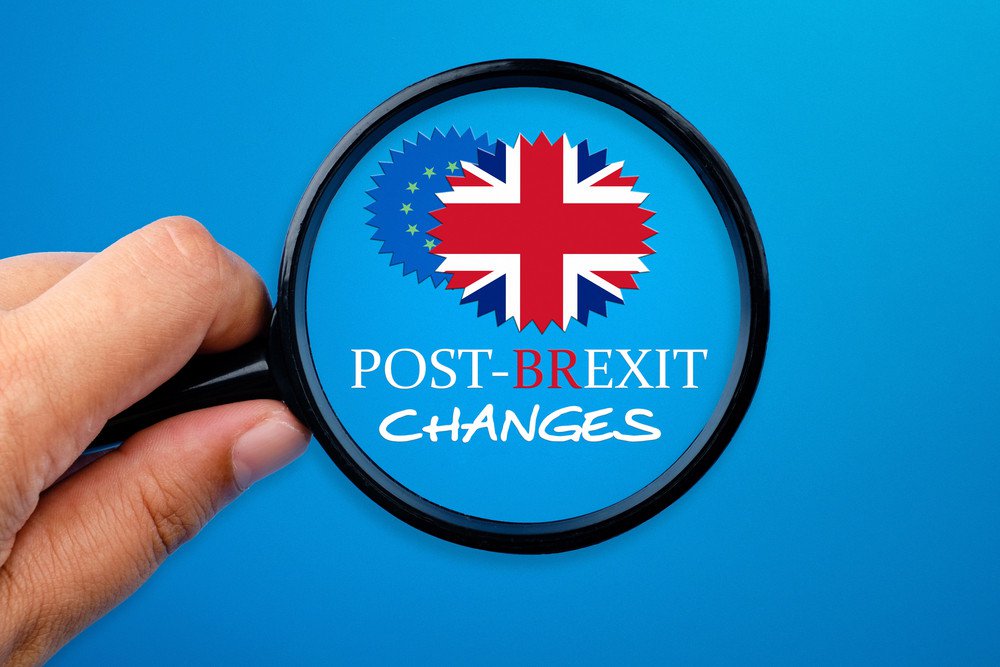UK Inflation Rises to 3% in September, Pound Gains
- Authors
-
-

- Name
- Patrick Maflin
-

Pound Sterling (GBP)
On Monday, hopes rose that UK Prime Minister Theresa May would be able to break through a Brexit ‘deadlock’ by travelling to Brussels – but her trip ended with negotiations still stuck at a standstill.
On top of that, a report emerged that unless progress is made soon, Brexit negotiations could see a ‘breakdown’, ultimately ending in the UK government walking away with a ‘hard Brexit’.
Still, a joint statement from UK Prime Minister Theresa May and EU Commission President Jean-Claude Juncker on Tuesday morning indicated that Brexit negotiations should accelerate in the coming months, which boosted Sterling slightly.
Meanwhile, Britain’s September inflation rate rose to 3% year-on-year as expected, which is likely to keep pressure on the Bank of England (BoE) to tighten UK monetary policy.
US Dollar (USD)
The Pound to US Dollar exchange rate dropped from its highs on Monday as Brexit concerns made Sterling volatile and US Dollar investors became more confident that the Federal Reserve was still planning on hiking US interest rates before the end of 2017.
On Sunday, Federal Reserve Chairwoman Janet Yellen indicated that while officials were confused about mixed US inflation data, the bank was still likely to continue hiking US interest rates. Bets of a December rate hike were over 85% this morning.
The US Dollar has been sturdy but may not advance much further amid a lack of fresh notable ecostats. Concerns that the US government will have trouble pushing tax reform proposals through Congress have also kept pressure on the ‘Greenback’.
Euro (EUR)
The Pound to Euro exchange rate has fluctuated since markets opened this week, as a weakened Euro has been able to capitalise on a volatile Pound.
Tensions between Catalonia and Spain have worsened this week, after a letter to the Spanish government from Catalonia leader Carles Puigdemont was seen as unsatisfactory. With Puigdemont still claiming he has a democratic mandate for independence, Spanish Prime Minister Mariano Rajoy has indicated he could activate Article 155 of Spain’s constitution and take direct legal control over Catalonia.
On Tuesday it was confirmed that Spain had detained two Catalonian separatists, keeping the Euro under pressure.
Australian Dollar (AUD)
The Pound to Australian Dollar exchange rate advanced yesterday despite Brexit anxieties, as higher Fed rate hike bets and a stronger US Dollar kept the risky Australian Dollar under pressure.
Tuesday’s Asian session saw the Reserve Bank of Australia (RBA) publish its latest meeting minutes report, which didn’t give investors any surprising new guidance to digest. The bank put a stronger emphasis on denying speculation that it would be tightening monetary policy because other central banks in the US and Canada had done so, which weighed on the ‘Aussie’.
New Zealand Dollar (NZD)
The Pound to New Zealand Dollar exchange rate slipped yesterday as Brexit news left the Pound volatile while the ‘Kiwi’ Dollar benefitted from the latest New Zealand Consumer Price Index (CPI) results.
New Zealand’s Q3 inflation figures came in at 0.5% quarter-on-quarter, beating the expected gain from 0% to 0.4%. Yearly inflation was impressive too, rising from 1.7% to 1.9% rather than the expected 1.8%.
However, limited risk-sentiment amid a sturdy US Dollar limited the New Zealand Dollar’s strength.
Canadian Dollar (CAD)
After hitting a fortnightly high yesterday, the Pound to Canadian Dollar slipped. The pair was advancing again on Tuesday morning as the ‘Loonie’ was weighed on by risk-off market movement.
As the Bank of Canada (BOC) has recently indicated that the bank’s next actions will heavily depend on Canadian ecostats, the lack of highly influential Canadian data has left the ‘Loonie’ limp.
Disclaimer: This update is provided by TorFX, a leading foreign exchange broker, its content is authorised for reuse by affiliates.


